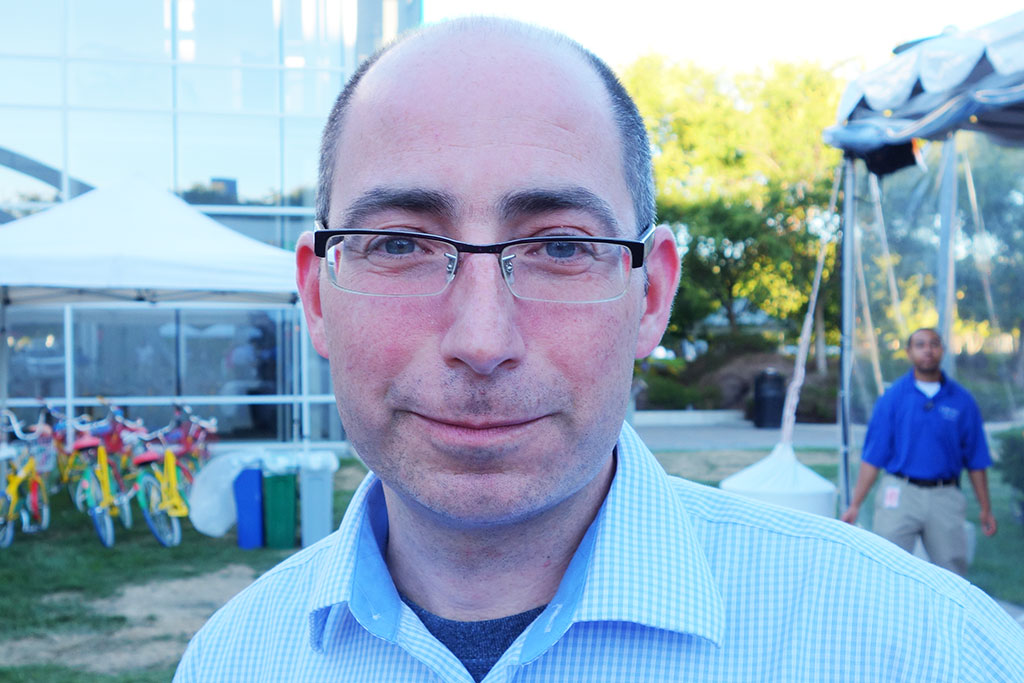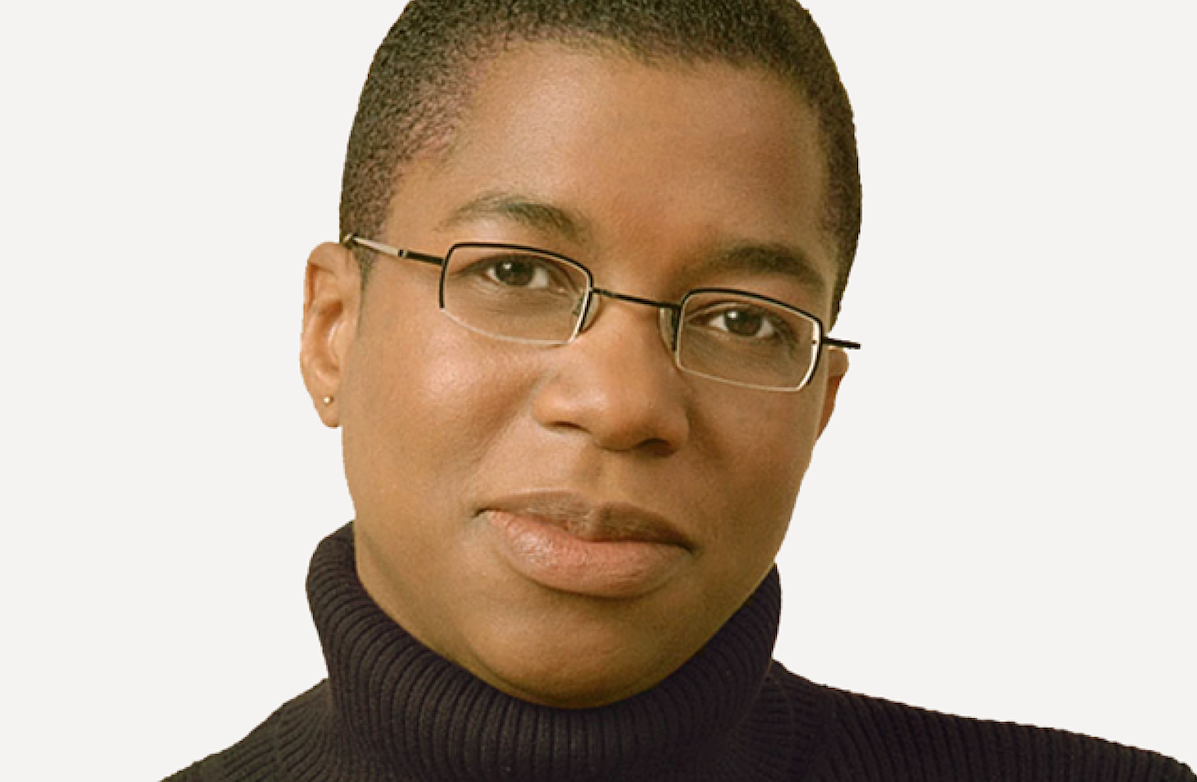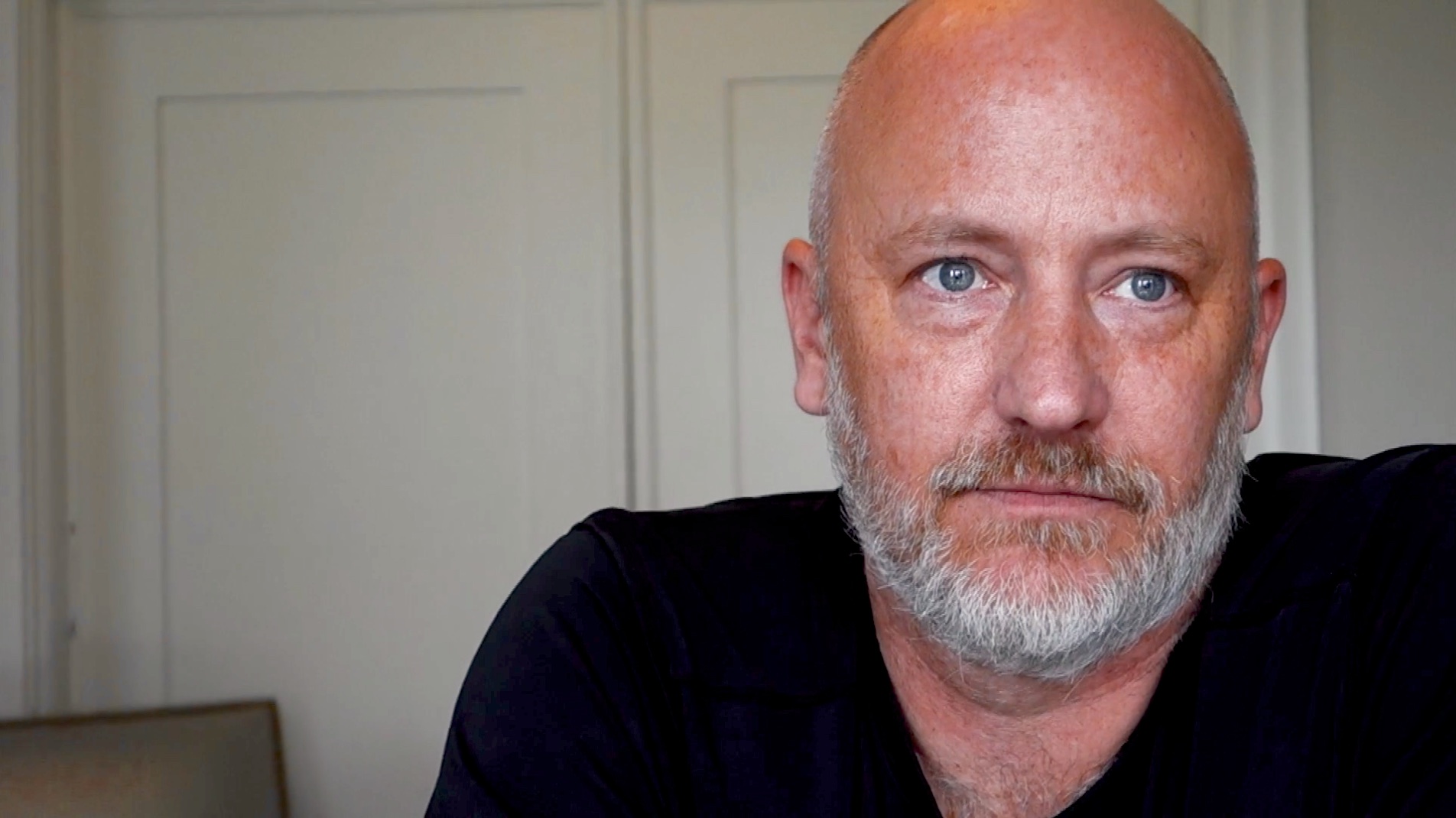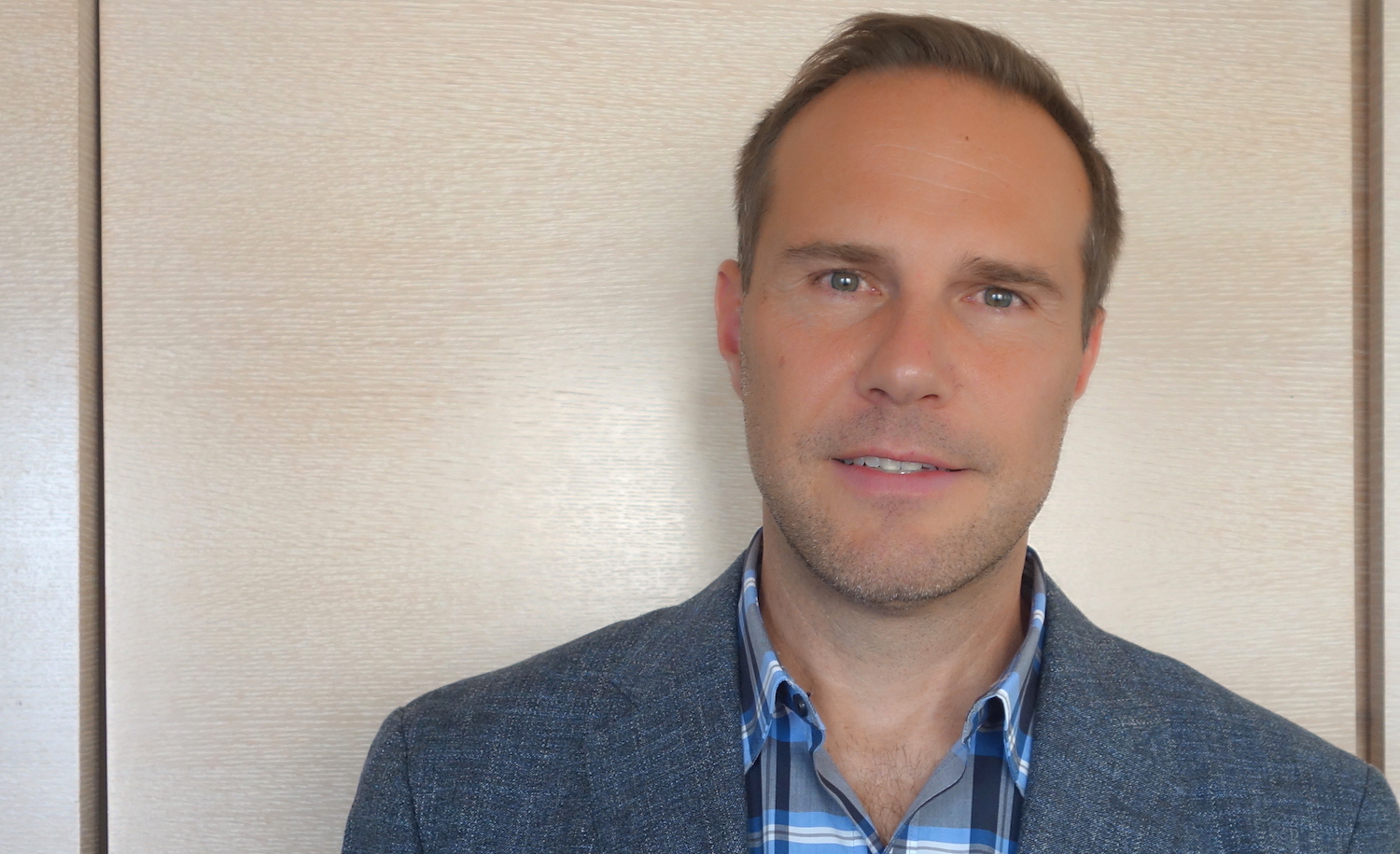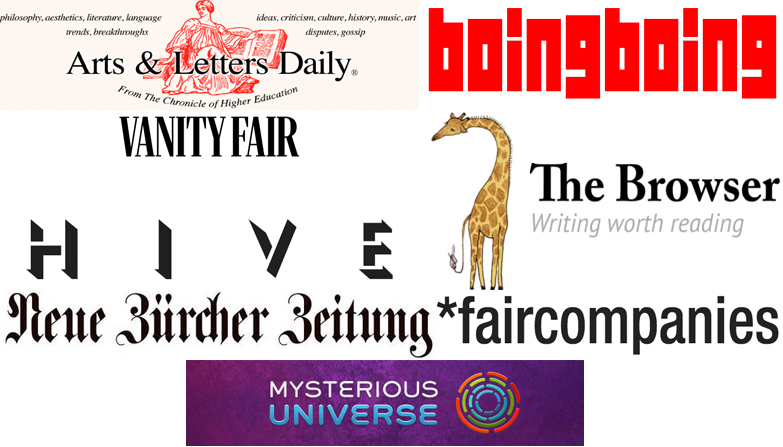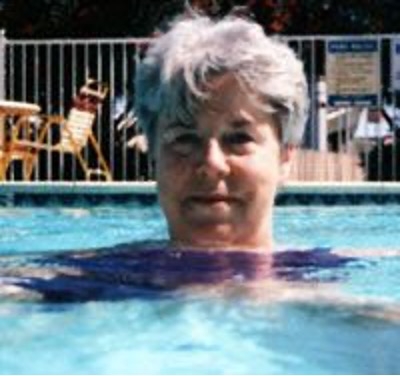
[Editor’s Note:] SARA LIPPINCOTT (1938-2023) was an editor specializing in nonfiction who edited some eighty books about science for the general public including bestsellers such as Bill Bradley’s Time Present, Time Past, Timothy Ferris’s The Whole Shebang, Lee Smolin’s The Trouble with Physics, and John McPhee’s Pulitzer prize-winning Annals of the Former World.
A longtime nonfiction editor at The New Yorker, she moved to Los Angeles in 1993, where she taught writing for ten years at Caltech and later became an editor at the now-defunct Los Angeles Times Book Review. From 1996, she edited the sixteen books in the Edge Annual Question series, and the twenty-two books in the Science Masters I and Science Masters II series.
Several days ago, Sara called to give me the sad news that she was very ill and the end was near. She also had a request: "I have something I’ve written that I would like you to publish on Edge." Yesterday, on Sunday, October 29, 2023, Sara died peacefully.
Thus, it is with great sadness, but also with a deep sense of love and appreciation, that I share with you Sara’s piece, "The Tea Table."
~~
The Tea Table
By Sara Lippincott
I got out of Wellesley in 1959, shortly after Lolita got out of Paris. Vladimir Nabokov’s Lolita. (Na-bwak-awf: a trip down the stairs with a loud bump and a glorious sprawl at the bottom.) I fell in love with it.
I had majored in English, with a minor in Moby Dick, and now planned to become a full-time poet. So I looked for and found a garret in Cambridge, in a seedy gabled house on Kirkland Street. The third floor—two tiny bedrooms and a hall bath—was shared by me and a young woman of about my own age but not my aspirations who was drinking herself to death.
To support myself while writing poems, I took the first job the Harvard personnel office suggested—as secretary to Dr. Frank Carpenter, a paleoentomologist and recent chairman of Harvard’s Biology Department. The department was quartered in the Bio Labs on Divinity Avenue, an impressive pile whose front entrance was guarded by a pair of giant bronze rhinoceroses. Dr. Carpenter published a bug quarterly called Psyche. Now that he was through with his chairmanship, he wanted to turn more attention to it, and he needed someone who could spell and knew where the commas should go. I’d do fine.
One year of extremely introductory biology was the extent of my exposure to science at Wellesley. It was taught by Mrs. Houck, a sweet, hopeful woman who had us cut up frogs (I wouldn’t) and one day took us on a field trip to Paramecium Pond, a reedy puddle in mid-campus next to a magnificent pine tree with come-hither branches. Up this I went, quickly and quietly, with a like-minded pal, and we hid there until Mrs. Houck and the crowd of giggling future biologists marched off. Then we climbed down and went back to the dorm for lunch.
C+ from Mrs. Houck. The "plus" was nice of her.
~~
So I typed and took dictation and proofread for Professor Carpenter, a formal, exacting, but kind boss, and poked around the Bio Labs, which I found exotic. Every Wednesday afternoon, Dr. Carpenter would host a tea in his "lab," a large room off his office proper, dominated by a long table large enough for a dozen invitees to gather. (One Wednesday, on the way into town to pick up the cookies, I ran into Mrs. Houck on the Bio Lab’s front steps; her eyes widened in surprise—or perhaps shock—when I told her I was working there.) Any member of the Biology faculty who was interested in something called "the Modern Synthesis," or in fossil insects as they bore on evolution, was free to attend these weekly teas. The Modern Synthesis was essentially the marriage of Darwin and Mendel, goosed by new advances in molecular biology. I know that now, but I didn’t then (and wouldn’t have cared).
Because I made the coffee and got the cookies, I was allowed to sit at the tea table with the guys. They were mostly old-guard Harvard biologists, one exception being Ed Wilson, a young assistant professor and ant-man (short trousers, white socks) whose considerably more interesting lab was across the hall from Dr. Carpenter’s. Ed had an ant colony in a large glass terrarium, and he told me I was free to visit whenever I wanted, to watch the ants crawling all over each other in their underground tunnels.
Others I remember from the tea were the evolutionary biologist Ernst Mayr, the director of the Museum of Comparative Zoology, which adjoined the Bio Labs; Bill Brown, the MCZ’s associate curator of entomology; and Herbert Levi, its associate curator of arachnology. Stephen Jay Gould was around at the time, but I don’t recall him coming.
James D. Watson was around, too, recently recruited to bolster molecular biology at Harvard—but he would not have been caught dead at that table. To Watson, Harvard’s biologists were just morphologists—dinosaurs. What were bug fossils to the discoverer of the structure of DNA? He used to carry a water pistol in the halls and amuse himself by squirting at them—or so I was told. The disdain was mutual. I encountered Watson myself one morning in the Bick—Hayes-Bickford cafeteria, which was an intellectual hub on Mass Ave. People spent all day in there, over coffee and an occasional English muffin, in spite of the "No Loitering" sign posted by the desperate management. I was at the counter when I sensed an enormously tall person staring at me with intense protruding eyes. "Would you like to have breakfast with me?" he blurted out. By then I knew how non grata he was, so I said yes. He was probably lonely. Unfortunately I cannot now remember anything else he said.
Anyway, these Wednesday teas were lively affairs, with lots of camaraderie and animated cross-talk about such matters as changes in wing venation from the Lower to the Upper Carboniferous, or who planned to give what "paper" at the next meeting of "the triple-A-S." Sometimes, in an effort to get them to talk about something interesting, I would mention a book I’d just read, or a film festival at the Brattle, and they would smile politely at me and renew their discussion of Blattaria and its stunning illumination of modern evolutionary theory.
I’m twenty, mind you. I felt very sorry for them. I thought they were wasting their lives.
~~
That would change, but not quite yet.
One afternoon I went over to the MCZ to watch Dr. Levi feed the tarantula he kept in his fourth-floor digs. The tarantula was fed once a week on waterbugs (Blatta orientalis), which Dr. Levi collected from the halls of the Bio Labs, where they were abundant. These bugs were so big that they were reportedly able to climb the stairs between floors instead of riding on an elevator. The feeding was an unforgettable spectacle. Seizing the waterbug in a pair of tweezers, Dr. Levi dropped it into the terrarium housing his tarantula. After a few ominous seconds, there was a scuffling motion in a little cave in a mossy pile of rocks, from which the tarantula emerged and . . . swoosh!!. . . plunged its two glistening fangs into the flailing insect.
It would take a while, said Dr. Levi, for the venom to liquify all the nice parts of the waterbug, so I didn’t stick around for that. Instead I started down the MCZ’s stairs on the way back to my own mossy cave in the Bio Labs. On a landing halfway down, I stopped and looked into the hall to my left. Why? To this day, I don’t know. There I saw a whitewashed office door, and, very faintly, beneath the paint, I could read a name: "V. Nabokov."
This was electrifying. I knew that the author of the wondrous Lolita was a lepidopterist and had taught for a while (before my time) at Wellesley, only 15 minutes’ drive from the MCZ. Could this have been . . . his office? Now I would have something to talk about at the next tea—a link, at last, between my predilections and theirs! So next Wednesday, at the first lull in the conversation, I jumped in:
"Guess what I saw in the MCZ the other day!"
Polite, puzzled gazes.
"I saw a door with ‘V. Nabokov’ on it, painted over. Could that have been Vladimir Nabokov’s office?"
Dead silence. They all seemed to be looking at their shoes. This went on for an ungodly length of time. Finally, Professor Carpenter, at the head of the table, turned to me and remarked gently, "Sara, I’m afraid that some of us think he turned out rather badly."
"I’ve got to get out of here," I thought. And I did, some months later, when I left Cambridge—and the garret, where I’d written exactly one poem—for New York and wound up at The New Yorker, where (I liked to think) I belonged. But it seems that I was not the same person. I hadn’t managed to change any of the Harvard entomologists, but they had changed me. (This dawned on me, slowly, as I worked on a number of profiles—I. I. Rabi, Hans Bethe, Marvin Minsky, Michele Besso—by the physicist Jeremy Bernstein, one of the magazine’s few science journalists.) It was their zeal, their patient attention to detail, their utter, absolute faith in the fundamental importance of understanding Where We Are and What’s Going On.
I did a one-eighty and ended up checking and eventually editing most of the science pieces in The New Yorker for the next thirty years. A kind of mid-career validation came when, invited to give a talk about science editing at the 1988 meeting of the American Association for the Advancement of Science (the tea-table "triple-A-S") in Boston, I ran into Ed (now "E. O." and famous) Wilson. I was sitting on a bench outside the auditorium, going over my notes, when he came striding down the hall swinging his briefcase. I jumped up and reintroduced myself. "I was hoping to go to your talk," I said, "but I’ve got to miss it, because I’m giving a talk at the same time."
Baffled pause.
"You’re . . . giving a talk??"
"Yes," I said, ignoring the bafflement. "I’ll be talking about that tea table."
"I’m talking about that tea table, too!" said Wilson. "And I’ve got slides!"
~~


